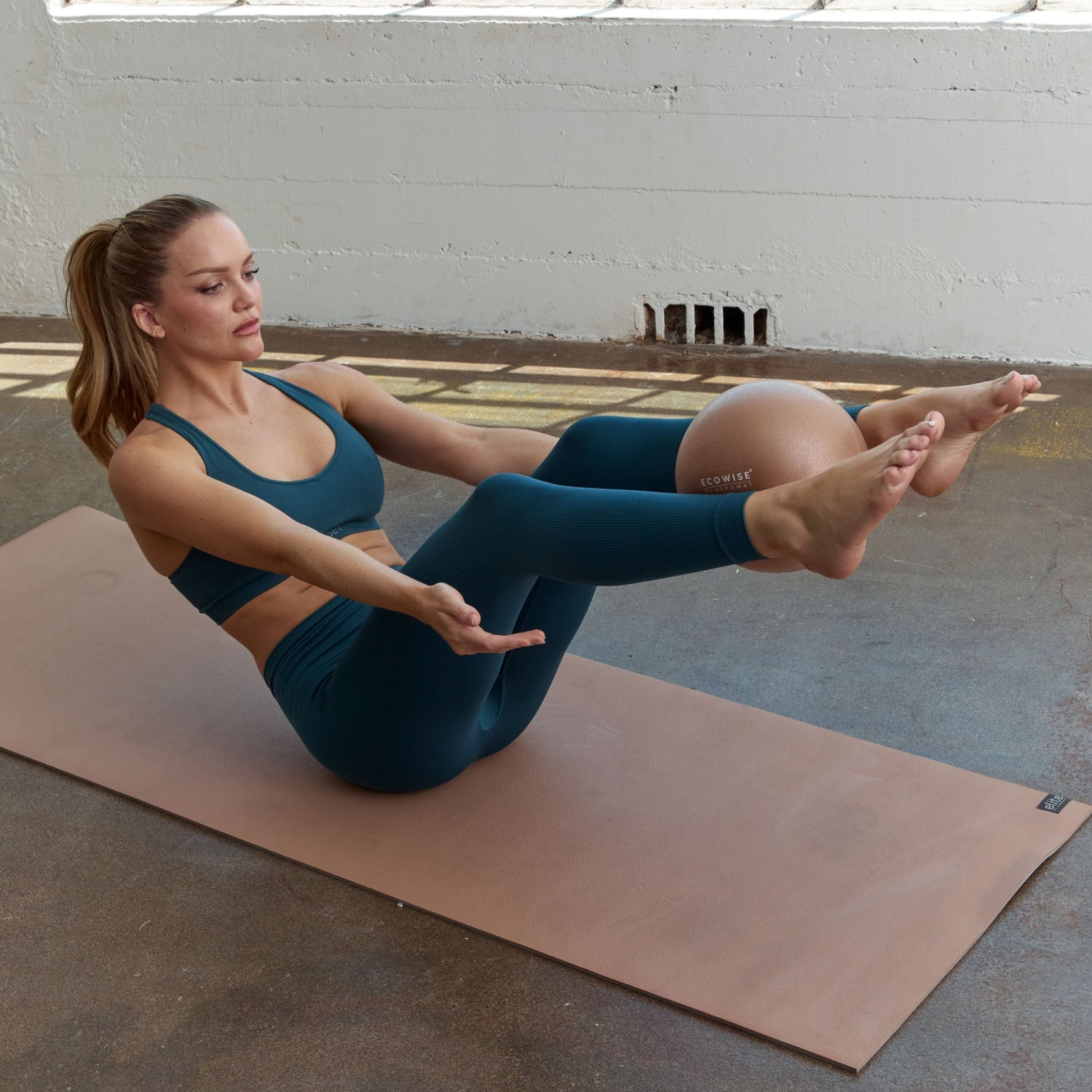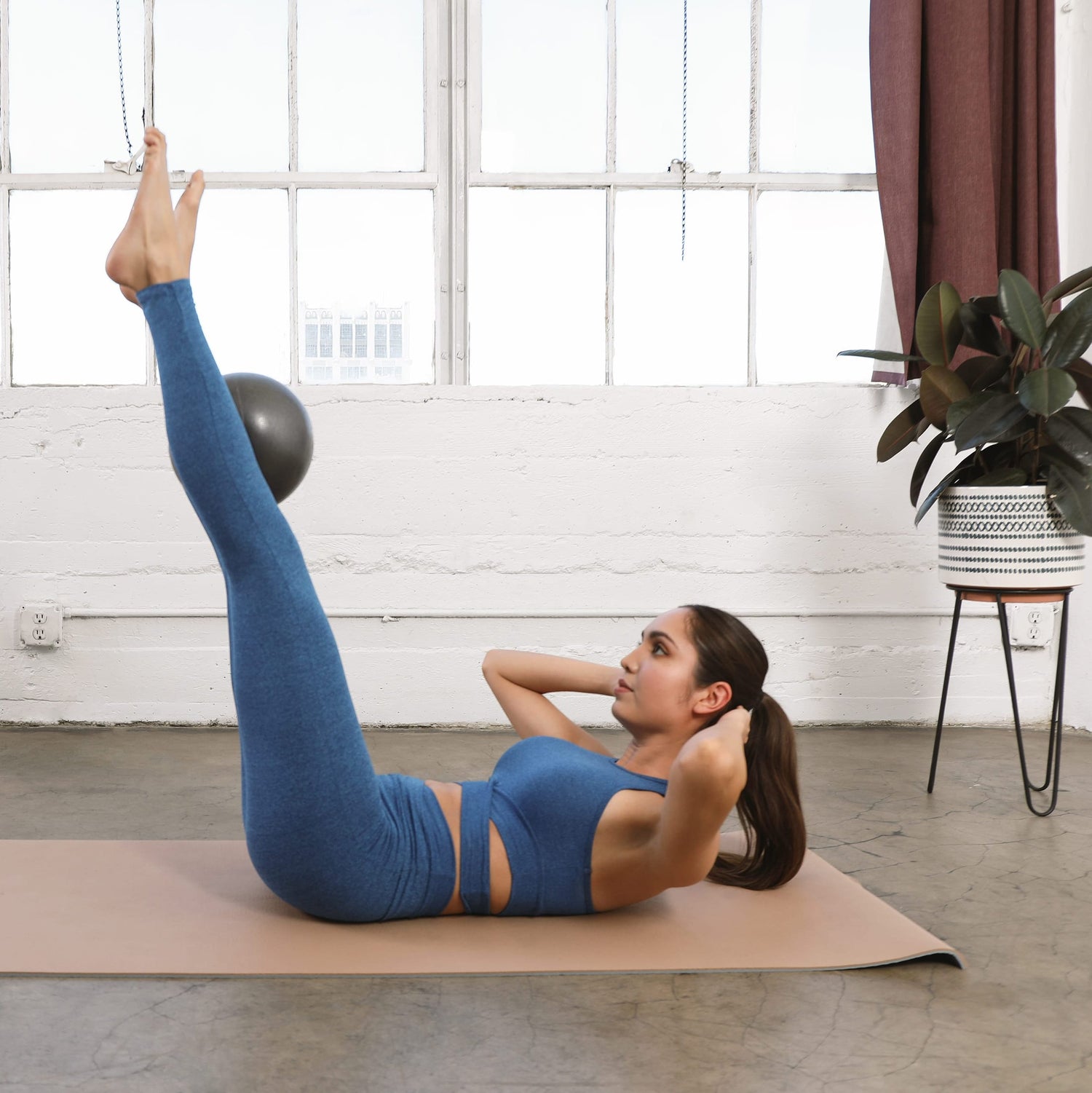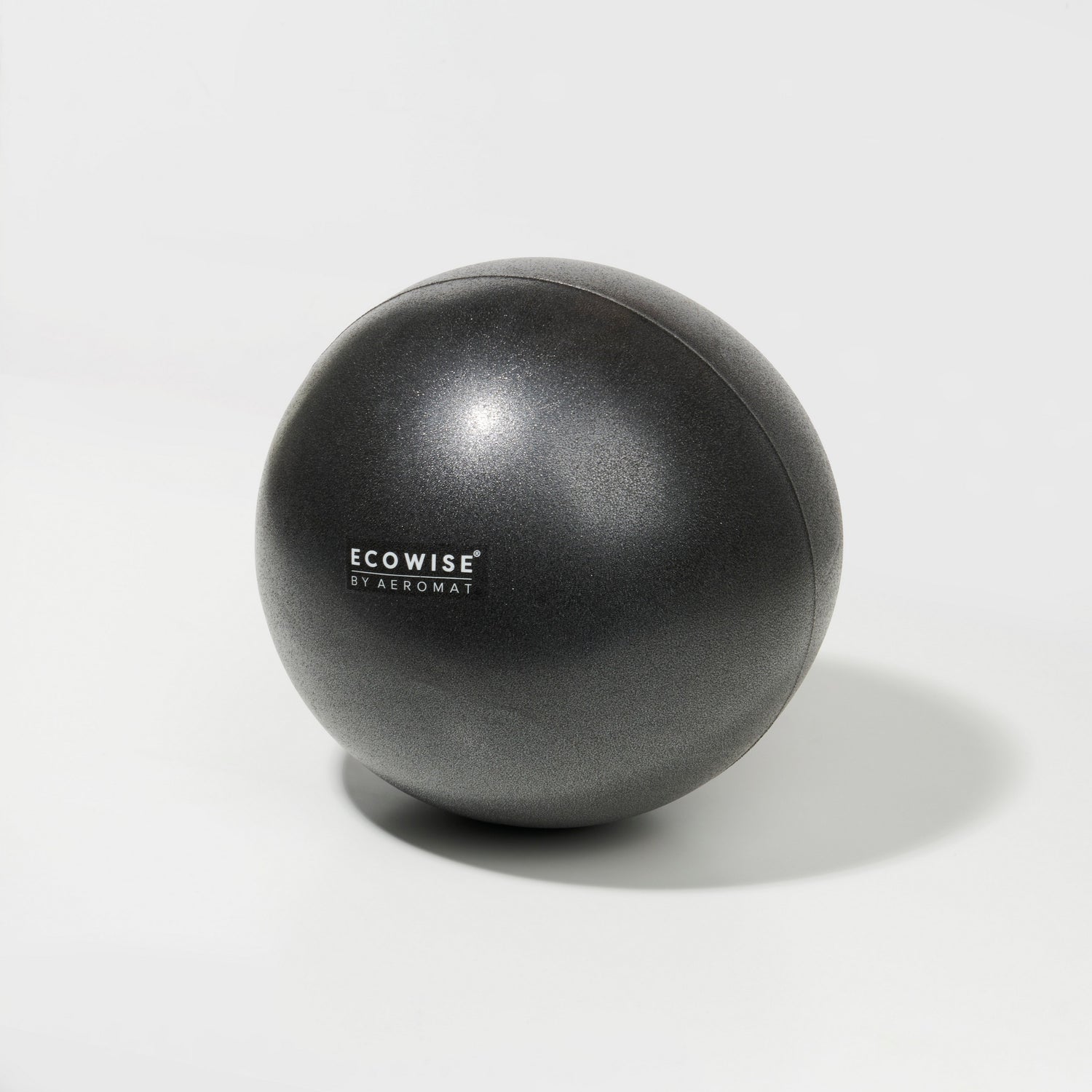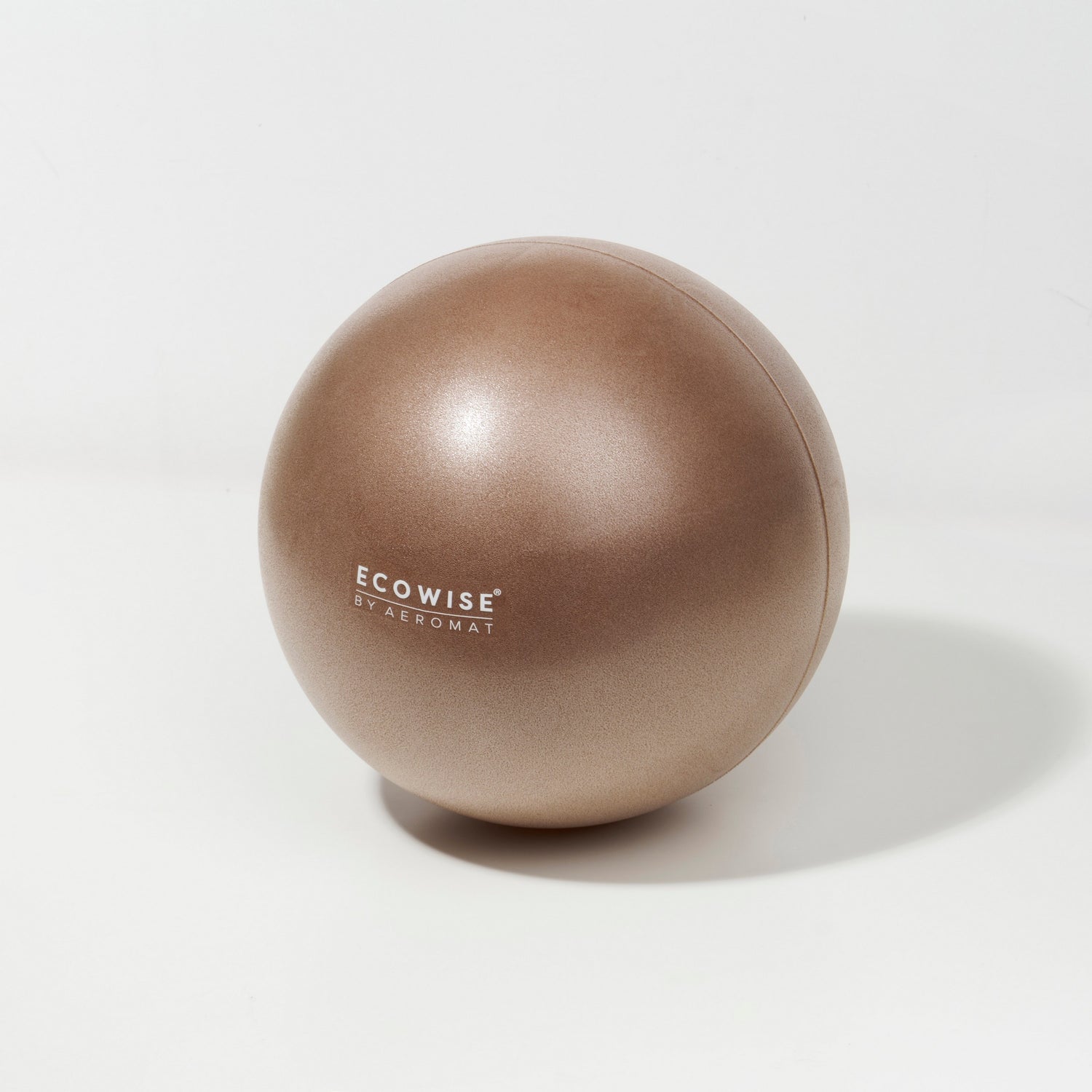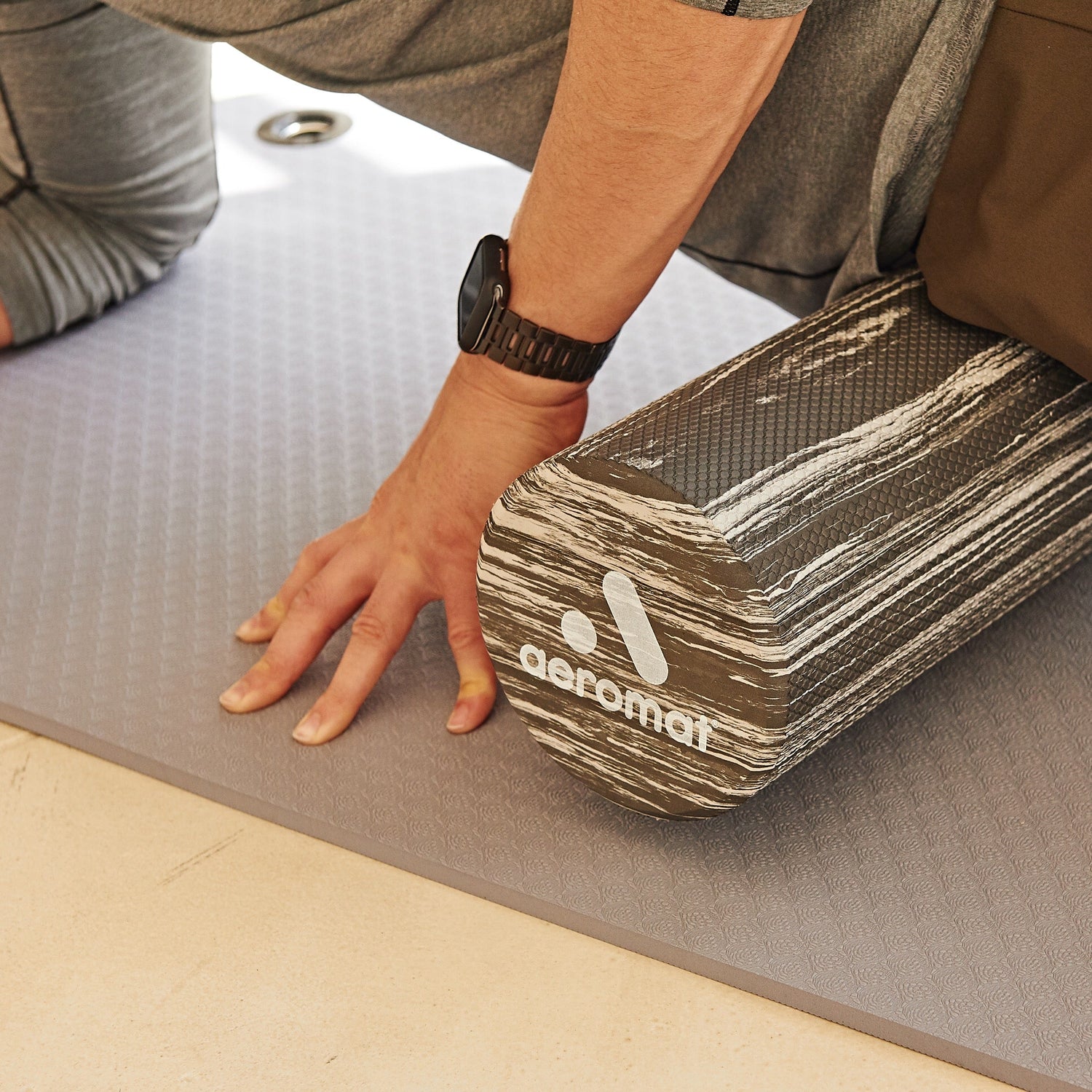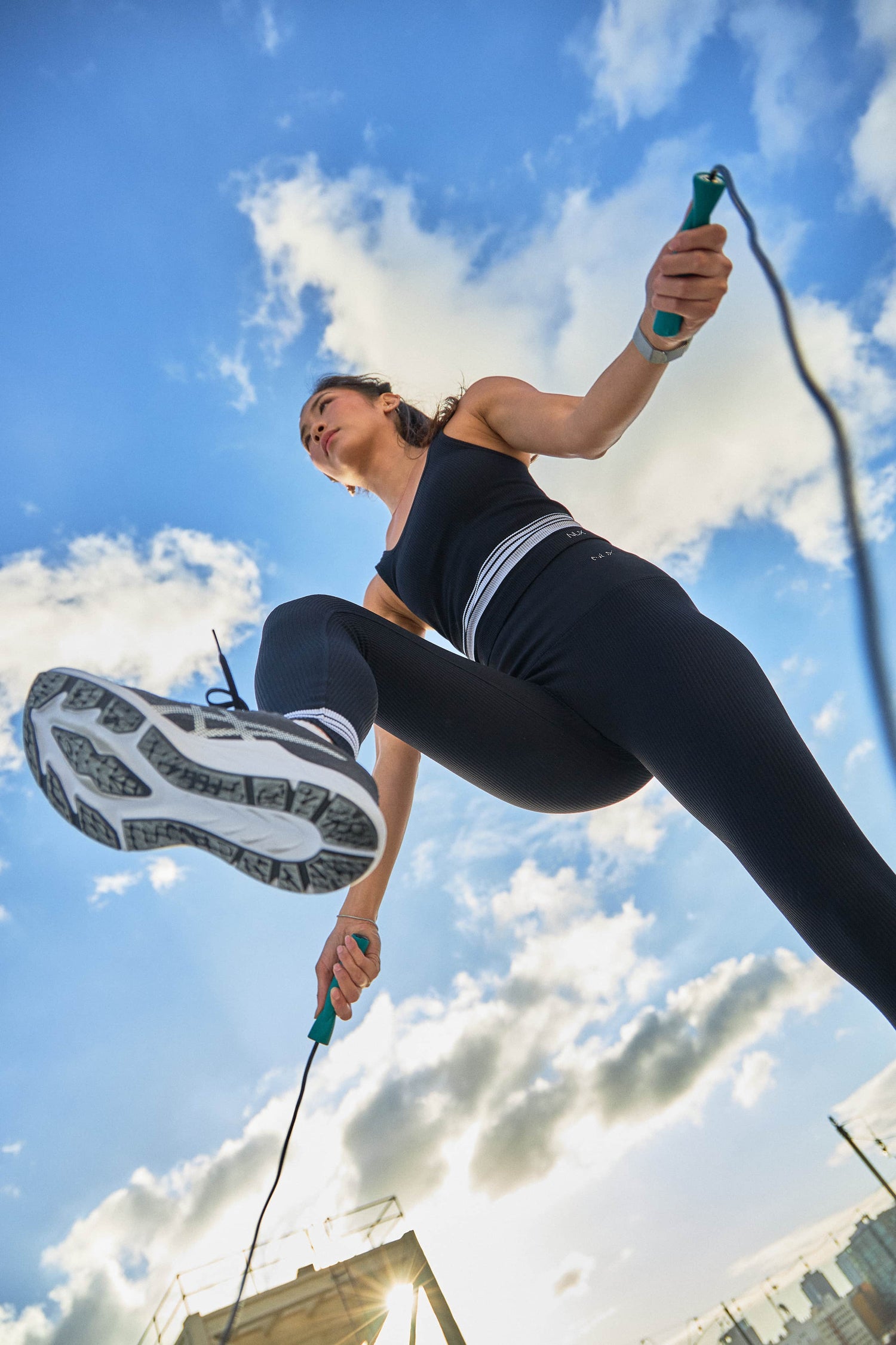Athletes are all too familiar with the muscle pain after workout that signals they've pushed their bodies to the limit. While most people focus on workout intensity, post workout recovery is a crucial component in achieving optimal performance and results.
Many athletes make the mistake of rushing through or completely skipping recovery. This oversight can lead to poor performance, increased injury risk, and slower muscle recovery after workout. Your body requires a comprehensive recovery plan that includes proper nutrition, specific techniques, and the right tools to help it bounce back stronger.
This detailed guide explores proven recovery strategies, nutrition plans, and techniques that athletes should know to improve muscle recovery. Understanding these post workout routine basics will help you get the most from your training, whether you're a seasoned competitor or just beginning your fitness journey.

Essential Post-Workout Recovery Strategies
The first hour after exercise plays a significant role in muscle recovery. Your body initiates its recovery process immediately after you complete your last rep. Studies indicate that immediate post-exercise recovery helps prevent blood pooling in the limbs and promotes better circulation.
Immediate Recovery Routine
Your post-workout routine should begin within 10 minutes after exercise. This is crucial when considering what to do after a workout to build muscle and promote recovery. Your body needs a gradual transition from high-intensity activity to a resting state. Light movement while your heart rate naturally decreases will help your body start the repair process more effectively.
Cool-down Techniques
A good cool-down takes 5-10 minutes. The most effective cool-down should match your workout type - switch to a brisk walk after running, or do gentle laps after swimming. This step-by-step reduction helps your heart rate and blood pressure normalize while promoting better blood circulation.
Recovery Tool Selection
Recovery tools can substantially affect how to speed up muscle recovery. These effective options will help:
- Compression Gear: Compression garments during or after workouts can reduce sore muscles after workout and support better recovery
- Massage Tools: Professional massage or self-massage tools increase blood flow and help reduce muscle tension
- Temperature Therapy: Both cold therapy (50-59 degrees) and contrast baths show promising results within 30 minutes post-exercise
Note that recovery tools work best with proper hydration. You should consume 125-150% of fluids lost during exercise within two hours of your workout. This systematic approach to post-workout recovery will give your body everything it needs to repair and strengthen itself before your next training session.
Recovery Nutrition Game Plan
Our bodies need proper nutrition to help muscles recover after a workout. The food and drinks we consume after exercise substantially affect how fast our bodies recover and adapt to training.
Post-Workout Meal Timing
The best time to eat after working out is during the first 30-60 minutes. Our bodies work best at replacing carbohydrates and helping muscles repair at this time. Research shows that taking 1.2 g/kg of carbohydrates per hour in the first four hours helps you recover faster. This is crucial for replenishing glycogen stores and promoting muscle growth.
Recovery Supplement Guide
Your muscles need 0.5 g of high-quality protein per kilogram of body weight after exercise to repair and grow properly. Protein intake is crucial for muscle repair and growth. These supplements and foods can help your recovery:
- BCAAs (Branched Chain Amino Acids) to repair muscles
- Creatine monohydrate to repair tissues
- L-theanine to help mental recovery
- Turmeric to reduce muscle soreness
- Protein shake to support muscle repair
- Greek yogurt for a balanced mix of protein and carbs
- Cottage cheese for slow-releasing protein
- Grilled chicken breast for lean protein
- Quinoa for complete protein and complex carbs
- Banana for quick-acting carbs and potassium
- Eggs for high-quality protein and nutrients
- Sweet potatoes for complex carbs and vitamins
Hydration Strategy
Your workout recovery depends on proper rehydration. Athletes should drink 150% of the weight lost during exercise within four hours after working out. Quick rehydration needs 20-30 mEq/L of sodium in recovery drinks. Electrolytes play a crucial role in this process, helping to balance fluid levels in the body.
Athletes need stronger rehydration plans if training sessions are less than 12 hours apart. You can check your hydration by looking at your urine color - pale yellow shows you're properly hydrated. Adding electrolyte-rich foods like crackers, peanuts, and soups to your post-workout meal can boost your recovery.
Active vs Passive Recovery Methods

The right balance between active and passive recovery methods can substantially boost your post workout muscle recovery strategy. Both approaches serve different purposes, and knowing when to use each leads to optimal results.
Light Movement Activities
Active recovery through light movement helps blood flow to muscles without causing additional stress. Several low-intensity activities prove effective for active rest:
- Light swimming or water exercises
- Gentle walking or cycling
- Simple yoga or stretching
- Light bodyweight exercises
These activities work best when heart rate stays between 30-60% of maximum. The ideal duration ranges from 20-30 minutes to promote recovery without causing fatigue.
Rest Day Programming
Rest day planning should include both active and passive recovery options. Passive recovery days become beneficial especially when you have extreme tiredness, lingering soreness, or elevated resting heart rate. Results improve with at least one full rest day per week. Passive recovery focuses on activities like massage, compression therapy, or simple relaxation. Adequate sleep is crucial during this time, as it plays a vital role in muscle repair and overall recovery.
Recovery Workout Design
Recovery workouts should maintain movement quality while keeping intensity low. Pool-based exercises prove especially effective due to their massage-like effect on muscles. The normal training loads should decrease by 30-40% during these sessions. High-rep exercises with very light weights stimulate blood flow without causing muscle strain in weight training recovery sessions.
Note that recovery isn't one-size-fits-all. Your approach needs adjustment based on training intensity, sleep quality, and overall stress levels. The right balance of active and passive recovery methods optimizes your post workout routine and boosts training results.
Recovery Tools and Techniques
The best recovery tools can make a huge difference in post workout muscle recovery. Research backs several effective techniques that we should explore to help with sore muscles after workout.
Massage and Foam Rolling
Foam rolling works best if you spend 90-120 seconds on each muscle group. This self-massage technique boosts blood flow and reduces muscle tension. Research shows that foam rollers offer quick pain relief and better range of motion. Adding foam rolling to post workout routines leads to less muscle soreness and faster tissue recovery. It's an excellent method for those wondering how to relieve sore muscles fast.
Compression Gear Benefits
Compression garments have become vital tools in our recovery arsenal. Research highlights these benefits:
- Cuts down muscle soreness and pain after exercise
- Boosts blood flow and clears metabolic waste
- Makes venous return better by up to 2.21 times
- Speeds up recovery especially after resistance training
Hot and Cold Therapy

Both hot and cold therapy should be part of your post workout routine. Cold water immersion at 10-15°C (50–59°F) for 10-15 minutes helps with quick post-exercise recovery. Cryotherapy, a more intense form of cold therapy, has gained popularity among athletes for its potential to reduce inflammation and speed up recovery. Better results come from switching between hot and cold treatments. This contrast therapy boosts circulation and fights inflammation.
Cold therapy works best on areas that feel sore or inflamed. Heat therapy helps relax tight muscles and increases blood flow to the area. Using both techniques creates a "pumping" action in our circulation system that leads to better range of motion and quicker recovery.
Note that these recovery tools work best as part of a complete post workout routine. Start with foam rolling right after exercise, then wear compression gear during recovery, and finish with the right temperature therapy based on your needs.
Browse Recovery Equipment from Aeromat/EcoWise
Quality equipment makes all the difference in recovery effectiveness. Many athletes trust AeroMat® and EcoWise® products. These renowned American brands have provided top-tier fitness and recovery accessories for decades.
Athletes should personalize these recovery strategies based on their needs, training intensity, and goals. They should monitor and adjust recovery protocols regularly to get maximum benefits from each workout session. Knowing the best way to recover from workout and what helps muscles recover faster can make a significant difference in an athlete's progress and performance.
It's important to remember that proper recovery doesn't just prevent injuries - it builds stronger, more resilient athletes ready for their next challenge. By focusing on the best workout recovery techniques and understanding what is good for muscle repair, athletes can optimize their training and achieve their fitness goals more effectively.

FAQs
What are the most effective post-workout recovery strategies for athletes?
Athletes can optimize recovery by implementing a combination of strategies, including proper nutrition timing, hydration, active recovery techniques, and the use of recovery tools like compression gear and foam rollers. It's crucial to start the recovery process within the first hour after exercise and maintain a consistent recovery routine. Understanding how to improve muscle recovery is key to maximizing the benefits of these strategies.
What role does hydration play in muscle recovery?
Proper hydration is crucial for workout recovery. Athletes should aim to consume 150% of the weight lost during exercise within four hours post-workout. For quick rehydration, include 20-30 mEq/L of sodium in recovery drinks. Monitoring urine color (aiming for pale yellow) can help ensure adequate hydration levels. Electrolytes play a vital role in this process, helping to maintain proper fluid balance in the body.
How can athletes balance active and passive recovery methods?
Athletes should incorporate both active and passive recovery methods into their routine. Active recovery, such as light swimming or gentle walking, helps maintain blood flow without causing additional stress. Passive recovery, like rest days or relaxation activities, is beneficial when experiencing extreme tiredness or lingering soreness. It's recommended to include at least one full rest day per week. Understanding the concept of active rest can help athletes optimize their recovery process.
What are some effective recovery tools and techniques for athletes?
Effective recovery tools and techniques include foam rolling for 90-120 seconds per muscle group, wearing compression garments to reduce muscle soreness and improve blood flow, and using hot and cold therapy. Cold water immersion at 10-15°C for 10-15 minutes can be beneficial for acute post-exercise recovery, while alternating between hot and cold treatments can improve circulation and reduce inflammation. Additionally, consuming foods like fatty fish, cherry juice, and chocolate milk can aid in recovery due to their anti-inflammatory properties and nutrient profiles.

